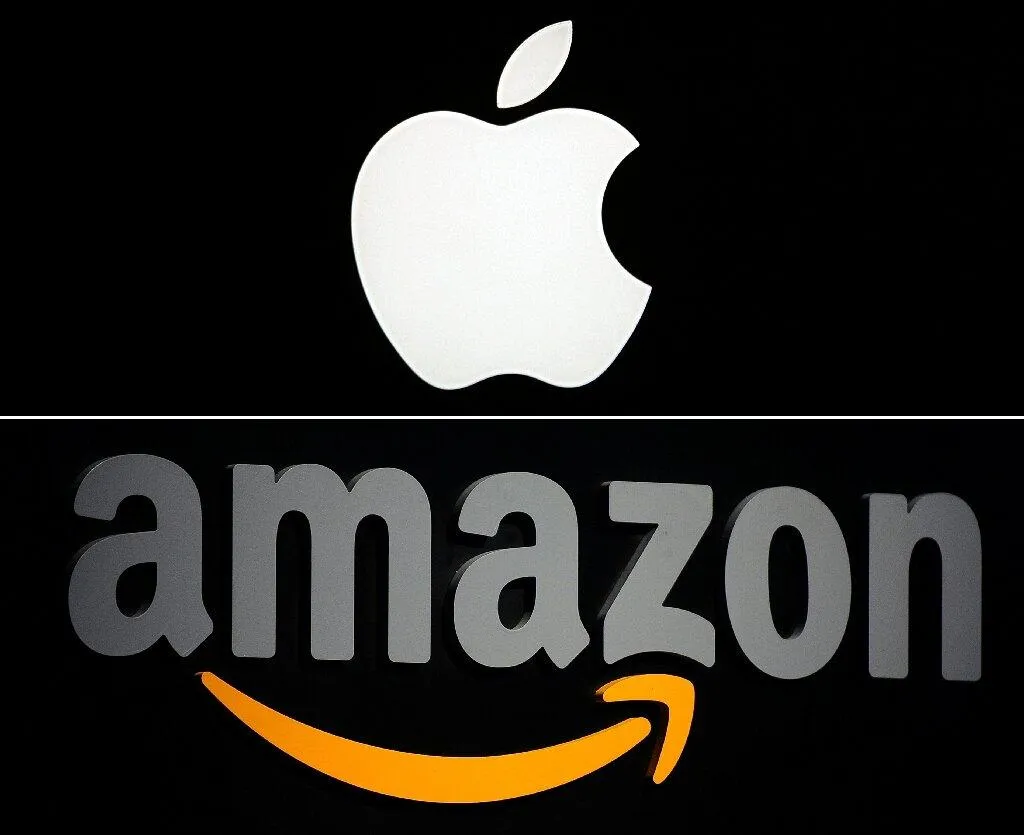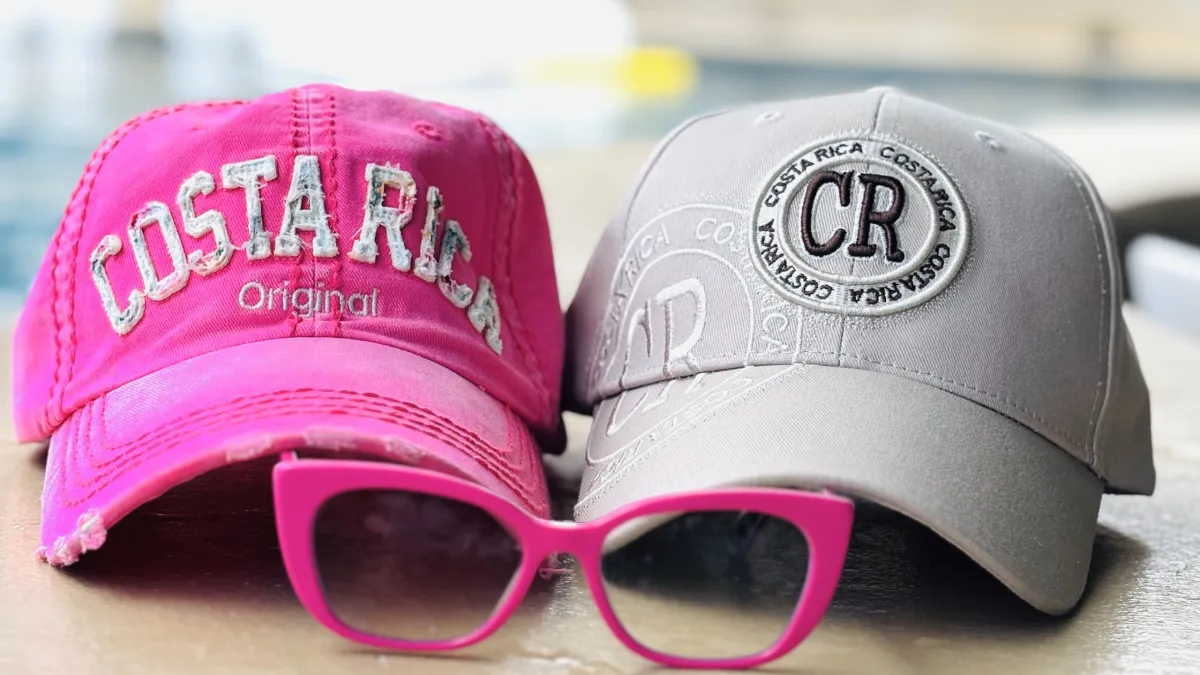Build Powerful Brand Equity Beyond Just A Logo
The Truth About Brand Equity- And Why Your Logo Alone Can’t Get It Done

May 30, 2025 • 12 min read
If you’re sipping your overpriced latte or matcha right now, scrolling through social feeds, and thinking, “Does all this branding stuff really matter, or is it just another excuse for agencies to charge me for a mood board and call it a day?”
Here’s the secret: brand equity is the only kind of equity you can build in yoga pants, from your kitchen table, with kids screaming in the background- and it works just as hard as you do.

Forget the old-school myth that a fancy logo or a color palette is what makes your brand memorable. Sure, those things look cute on a brand board, but if your audience couldn’t pick your logo out of a police lineup, you’re not building brand equity- you’re just redecorating it.
Brand equity is the very real, very bankable value your brand holds in the minds (and wallets) of your ideal customers. It’s what lets you raise prices without an apology breakout, stop sweating over every new competitor who pops up with a cute new Canva template, and finally teach your audience to crave your offers like you crave a full night’s sleep.
Without brand equity, you’re stuck in the “discount hamster wheel”- where every sale feels like an FBI negotiation and your confidence is one awkward Zoom call away from collapse.
So if you’re tired of second-guessing your worth while your competitors continue to cash in, it’s time to give your brand more power than just a pretty logo.
Personal Brand vs. Business Brand: The Spicy Split Personality

Let’s get real- your personal brand is basically you, but with only the parts that you choose to have people remember you by. It’s your face, your voice, your late-night “shower thoughts” repackaged as professional wisdom for the masses on Facebook, Instagram and LinkedIn- or whatever social channel you choose to be visible on.
Meanwhile, your business brand is the entity you’ve built to do business with your ideal customers, and how these customers feel when they do business with you. Both need equity, but they pull in different flavors of desire. Personal brand equity is all about trust, relatability and lifetime ROI (ie, return on investment). People trust your advice and buy from you because they believe you get them- their pain, their ambition, their secret fear that this month’s revenue will ghost them.
Business brand equity, on the other hand, is what gives your business that “shut up and take my money” quality. This is where your ideal customer’s journey with your business, your messaging, and your carefully curated offers build a reputation so strong, clients stop asking about price and start asking about start dates.
But here’s where it gets juicy: your personal brand goes wherever you go- from one career path, role, and business to another. It keeps evolving, and you never have to start from scratch- unless you want to. In other words, your personal brand is forever.
Your business brand is only as good as the life of the business itself. Which may be forever- or it may not. Businesses get bought, sold, transitioned, and killed all the time- and the business brand attached to each one goes along with it.
The real magic happens when you let your personal brand and business brand make out a little. Blend your voice and personality with your business value propositions, your personal values with your company’s mission. This is how you get the kind of brand equity alignment that survives algorithm changes, market shifts, and those days when you’d rather be hiking (or Netflix-and-chilling) rather than selling.
Why Brand Equity Is the Ultimate Power Move (and Why You’re Losing If You’re Ignoring It)
If you need permission to stop discounting your offers, this is it. Brand equity is what lets you charge what you’re worth, no explanations required. It’s the difference between being chosen by loyal, repeat customers for the undeniable value you bring- price no bar, and attracting customers who are discount shopping and will be more likely to churn or switch when there is a lower price available.
Think Apple’s brand equity vs Amazon’s- one is brand-led and the other more product-led. Can you tell which is which?

With banked brand equity, you could be raising your rates, getting tagged in “must-follow” lists, and collecting testimonials that read like love letters. If you’re stuck in the cycle of “maybe if I drop my price, they’ll finally say yes,” you’re missing the point entirely.
Brand equity is the unspoken reason your audience sticks around, even when your offers change and your launches (sometimes) flop. Building it isn’t about spamming every channel or even having an opinion on everything and everyone.
It’s about deep consistency. Your content, your offers, your sales pages- they should all feel like different chapters of the same irresistible novel.
The risk of skipping this step? You’ll spend every quarter in “panic promo” mode, inventing new discounts and burning out on content creation that doesn’t convert. Worse, you’ll start to doubt your own value, which is a fast track to business self-sabotage. So, if you care about long-term growth, sustainable profits, and not losing your mind, brand equity isn’t optional- it’s the only winning move.

It’s Chemistry, Not Magic
The secret to a winning brand? Alignment. The biggest brands don’t just paste a logo on their CEO’s LinkedIn- they let the business brand and the personal brand hook up, have a few drinks, and make beautiful marketing babies. When the founder’s values, quirks, and voice are stitched right into the business’s DNA, you get a brand that feels alive.
Take a look at any cult-like brand success and you’ll find this chemistry. Think of how Elon Musk’s memes (and, well, everything else) bleed into Tesla’s marketing. Or how Sara Blakely’s unapologetic humor made Spanx a household name. The business brand borrows trust from the personal brand’s authenticity, and the personal brand gets credibility from the business’s results. It’s a two-way street, and the traffic is always heavy as long as you’re building both in alignment.
If you’re still keeping your personal and business brands in separate bedrooms, you’re leaving money on the table. When your values, voice, and visuals sync up, you stop chasing validation and start attracting loyalty.
The catch? Doing this by hand is exhausting. You’re already drowning in to-dos, family schedules, and the occasional existential crisis about whether business ownership was a good idea. That’s why the smartest brands outsource the heavy lifting to AI tools that actually get them. Automation is sexy when it means less time editing, more time earning, and no one ever suspects you didn’t sweat over every syllable.

The Dirty Little Secret: Why AI Is the Ultimate Brand Equity Wingman
AI isn’t here to replace your creative genius- it’s here to make you look like you have a full-time marketing team locked in your basement. No more endless prompt tweaking, no more soul-crushing editing marathons. The best brands have a brand messaging playbook that works across every launch, every offer and every channel- from social posts and sales pages to nurture emails that get read. You get to focus on the big picture (aka your next hike or European holiday), while your content brings in the buyers like milkshake to boys in a yard (if you don’t get the song reference here, don’t sweat it. We’re just from different generations, but that doesn’t mean we can’t be friends).
If you’re worried that using AI means losing your unique edge, don’t be. The real danger is blending in because you’re too tired to create consistently. With the right apps and systems you keep your voice, your value, and your sanity. Plus, the content actually sells for you- on repeat- because it feels real, authentically relatable, and shamelessly you.
Imagine launching an offer and having your audience pre-sold before you ever hit “post.” That’s the magic of pre-validation, powered by smart, brand-aligned content. When your offers are consistently drenched in your unique voice and values, your people trust you. They know what to expect. They’re already whispering “shut up and take my money” before you send the first sales email.
No more guessing, no more panic-discounting, and definitely no more launches that die on the vine.

“So How Do You Measure Brand Equity, Anyway?”
Brand Equity is largely intangible, however the best way to measure it for a subscription-based business is by failing. Not on purpose of course, but if you’ve been in business long enough, you’ve likely seen your fair share of email misfires, tech issues and other mishaps. If your system fails and causes a panic among your users, and assuming the product or service you provide isn’t the only option on the market, what percentage of your customers stayed loyal to your brand and didn’t churn?
This percentage is your current, tangible measure of brand equity.
However, if you’re one of the lucky few who have never had a panic-stricken moment where an email or price increase that wasn’t meant to go out ended up triggering and causing panic among your customer base, using a Net Promoter Score (NPS) survey with your existing subscribers is a standard way of measuring brand equity (as it relates to customer satisfaction) as well.
How to Build Brand Equity (Without a Six-Figure Agency or a Midlife Crisis)
If you’re looking to build brand equity but finding that you’re allergic to fluff, broke from agency retainers, and still traumatized by your last foray into “brand strategy” workshops, here’s the truth: you don’t need a six-figure launch plan or a 90-page PDF to get started. You need a brand playbook that captures your voice and values, a content system that works harder than you, and a willingness to show up as yourself- warts, wit, and all.
Start by clarifying your messaging. If you can’t explain your offer in a single sentence, neither can your ideal customer.
Next, commit to product launches and multichannel content that drips with your personality. Stop with the “Make this human” AI prompting that only produces an added measure of stock phrases and corporate jargon. Instead, infuse every post, email, and DM with your unique perspective, even if it ruffles a few feathers. Or just tell heyLevi about it once, and let it infuse it into every piece of written content for you happily ever after.
Finally, stop waiting for the “perfect time” to get consistent. The biggest brands aren’t perfect- they’re just present. They just show up, over and over again, until they’re hard to ignore.

TL;DR? Your brand deserves more than just a pretty wrapper. It demands substance, consistency, and that “I-can’t-explain-it-but-I-need-it” factor. That’s the energy that gets you remembered, recommended, and- dare I say it- repeatedly paid.
Welcome to the underground club of business owners who know: true brand equity is what separates the heroes from the zeroes in this real life game of Brand Monopoly.
Note: Brand equity isn't taught in any marketing degree or certification programs, and it certainly isn't an exact science. This article is a collection of everything I believe to be true after 19+ years of having worked with big brands like Marvel, Apple and Amazon- and now having built a powerful personal brand of my own over these past few years that puts me on key stages and podcasts around the world- where I get the opportunity to share more of my key learnings with you and grow from the stories I hear every time I do.
-Ruheene Masand Jaura
Book Ruheene for your next event.
Uncover insider tips and strategies for using AI as a brand creator, content generator and most importantly- a brand equity builder.
Ruheene Masand Jaura © 2026 All Rights Reserved
